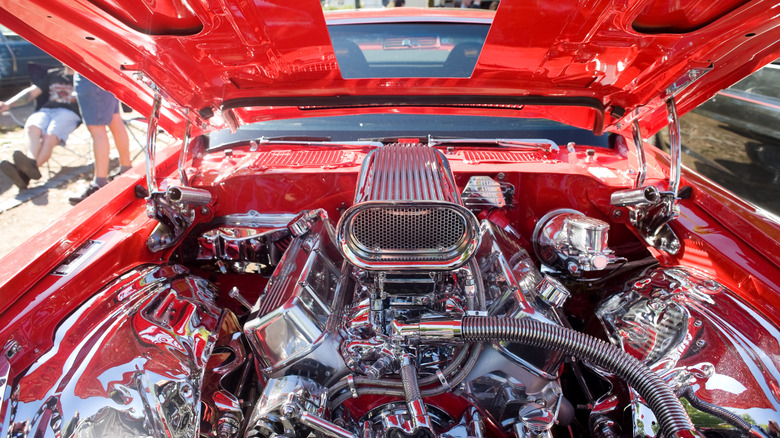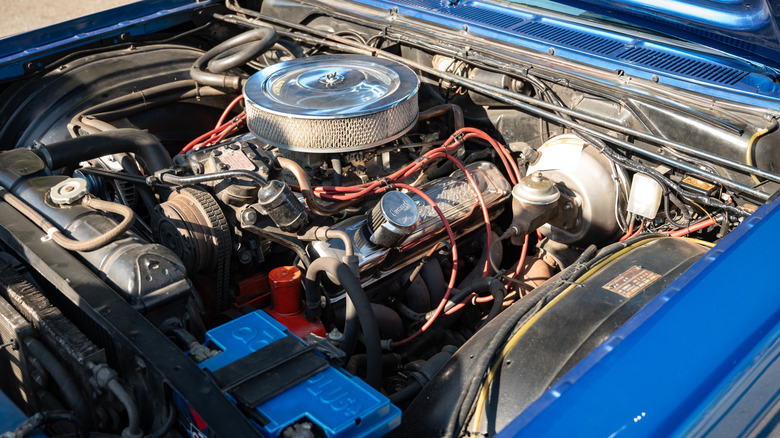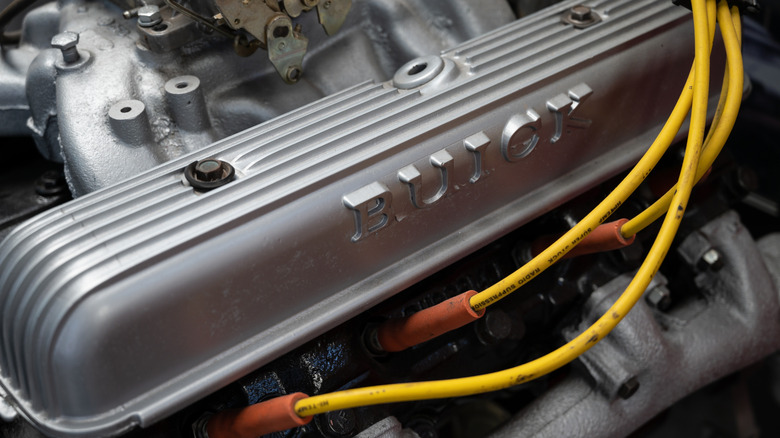What Is A Big Block Engine And How Does It Differ From Other Engines?
If you are a racing buff, gearhead, or DIY mechanic, then you're sure to have come across debates between big-block engines versus small blocks and other modern engines. Each big block engine has its own unique history, features, and applications that have fueled strong opinions among automotive enthusiasts for decades.
So, what exactly is a big block engine? It's simply an engine that occupies more space and weighs more than small block engines — longer strokes, bigger ports and valves, and larger bores, all working as one to deliver massive horsepower and torque. Right? Well, yes, but there's more to it than just physical size: Any seasoned gearhead would tell you that the key difference has more to do with the big block's displacement, which directly translates to more power and torque, especially at lower rpm.
When the Chevrolet W Series big blocks rose to fame in 1958 — most notably the special Chevrolet 427 — the idea was to deliver more grunt than what small blocks like the Chevrolet 265 and its peers were offering at the time. Ford joined the game with its MEL (Mercury Edsel Lincoln) and FE series in the same year and the 385 series in 1968. And Chrysler wasn't far behind either, with its B and RB big block engines also debuting in 1958 and 1959, respectively. While initially designed for heavy-duty trucks and passenger cars, they also quickly became popular among American muscle car fanatics.
Where big blocks blow small blocks away (and where they don't)
Big block engines use their overall larger size to pump out more raw power and torque, but not without a cost. They are heavier and bulkier, which translates to extra pounds on the front axle, rendering weaker acceleration and handling in some cars. That said, the raw power provided by these engines somewhat makes up for that.
In terms of brute-force power and that old-school feel, big blocks still hold their own. However, in the lead up to the '80s, big blocks began to fade from mainstream production: Stricter emissions regulations like the Clean Air Act (especially after the 1973 oil crisis), and high insurance costs, left automakers with no choice but to downsize engine displacements. Big Block engines are still alive in heavy-duty applications, commercial trucks, and professional drag racing, where massive torque and power are required.
Compact small blocks have since taken over for consumer cars, often punching above their weight in overall efficiency, power-to-weight ratio, and real-world practicality, all while fitting in a wider range of cars. In fact, some small blocks like the General Motors LS and LT series, as well as Ford's 5.0L Coyote V8, employ modern tech like direct injection, forced induction, and better fuel management. Thus allowing them to crank out almost as much torque and horsepower as a classic big block.
Big block, small block — does it matter?
Yes, it does, but only in the sense that each driver has their own unique needs and preferences. Some motorheads are all about the thunder that pins you to the seat when you step on it, with others still swearing by their classic Chevrolet 454 and Mopar legendary 440 old blocks. Others want that nimble feel that comes with lightweight small block engines; the kind you get from something like the Chevrolet LS3, Ford's 5.0L Coyote, or Dodge's 392 HEMI.
Not only do these outshine their older cousins in efficiency and practicality, but they do so while still delivering impressive power, sometimes even outdoing big blocks in torque and horsepower, without the bulk or thirst for gas. However, if you're chasing serious drag racing numbers, or want something to tow heavy loads often, that raw big block torque could come in handy.
More often than not, cars with big block engines require stronger front suspension and brakes, due to the extra weight and stress they place on the car frame. For daily builds, that may prove costly and complicated, which is why many gearheads tend to opt for small blocks instead. Ultimately, it's more about what suits your goals, driving habits, and budget than it is about which is better. Both vintage muscle and modern efficiency have earned a spot in car culture, and most certainly, under the hood.


